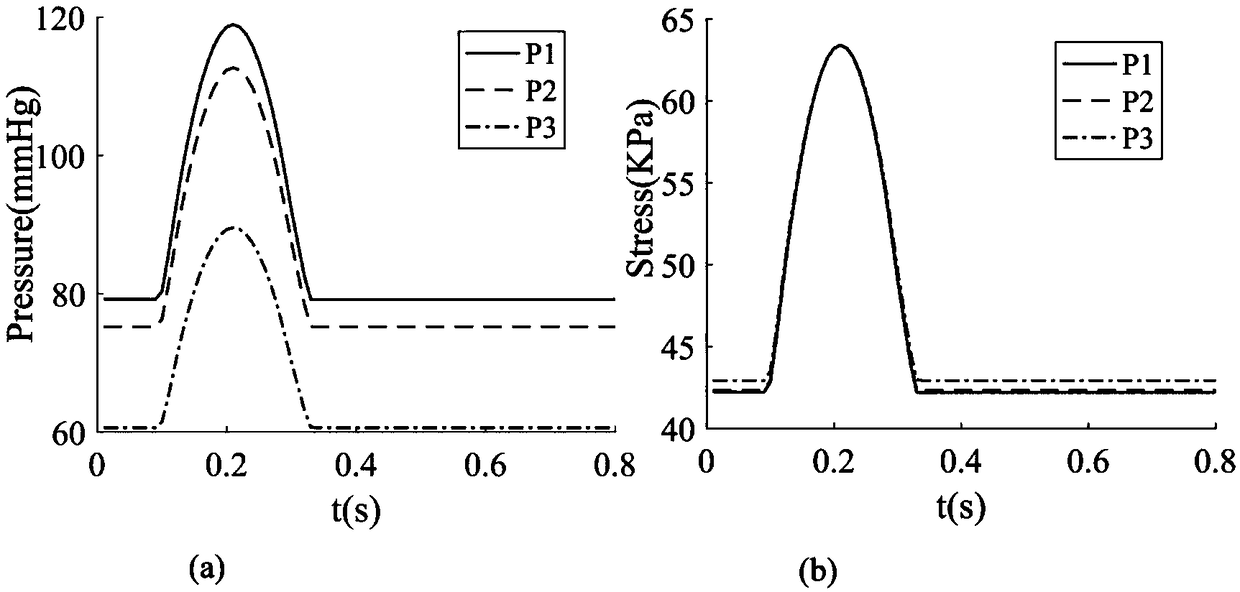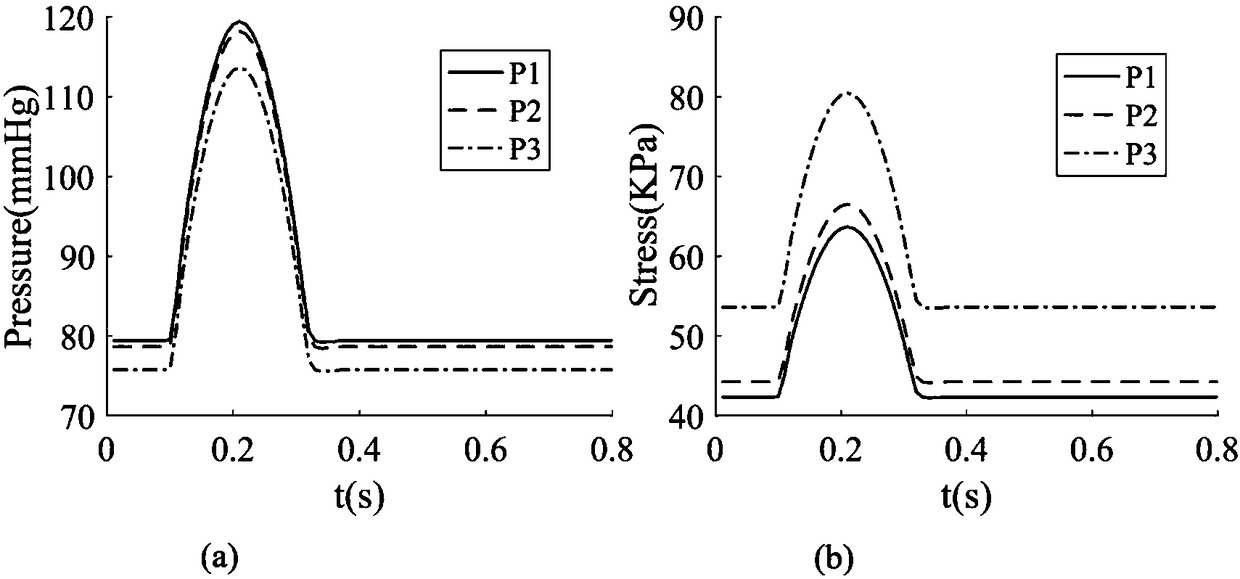Arteriovenous vascular network model
A network model, arteriovenous technology, applied in medical simulation, medical informatics, computer-aided medical procedures, etc., can solve the problems of LSA adventitial layer degradation, increased risk of vascular rupture, and increased LSA static pressure.
- Summary
- Abstract
- Description
- Claims
- Application Information
AI Technical Summary
Problems solved by technology
Method used
Image
Examples
Embodiment Construction
[0036] The preferred embodiments of the present invention will be described in detail below with reference to the accompanying drawings.
[0037] 1. Materials and methods
[0038]Due to the small diameter of capillaries and the complex exchange of substances, blood and body fluids are separated. In particular, red blood cells that are very close to the diameter of blood vessels may even deform to a certain extent when passing through capillaries, so blood in capillaries no longer satisfies the continuity assumption. Dong et al. used porous media to replace downstream capillary loads in a computational arterial bifurcation model. Some people use porous media instead of capillaries, and use the Darcy percolation model to study the convection, diffusion and heat transfer of biological tissues. The present invention also introduces porous media instead of capillaries to establish a microcirculation calculation model from the middle artery and LSA through capillaries to veins, su...
PUM
| Property | Measurement | Unit |
|---|---|---|
| Density | aaaaa | aaaaa |
Abstract
Description
Claims
Application Information
 Login to View More
Login to View More - R&D
- Intellectual Property
- Life Sciences
- Materials
- Tech Scout
- Unparalleled Data Quality
- Higher Quality Content
- 60% Fewer Hallucinations
Browse by: Latest US Patents, China's latest patents, Technical Efficacy Thesaurus, Application Domain, Technology Topic, Popular Technical Reports.
© 2025 PatSnap. All rights reserved.Legal|Privacy policy|Modern Slavery Act Transparency Statement|Sitemap|About US| Contact US: help@patsnap.com



